Indy Explains: What’s happening with universal free meals for Nevada students?
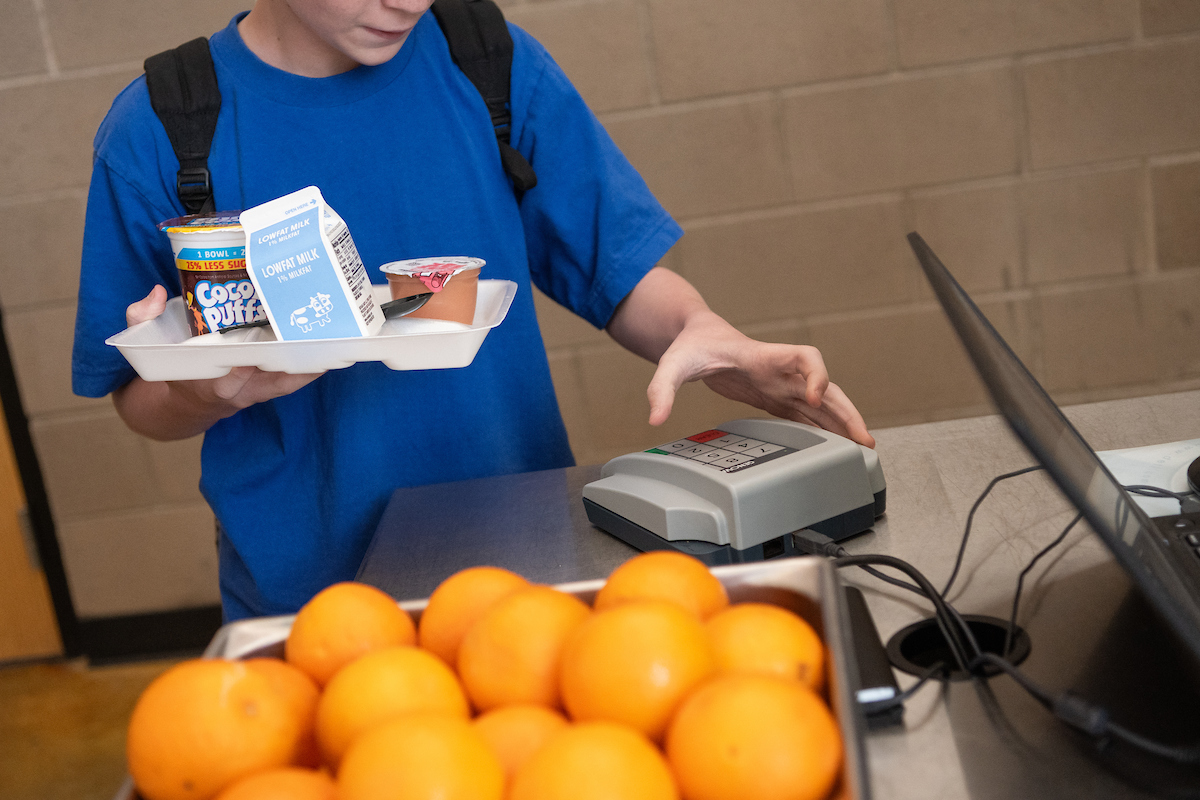
As the last day of the school year approaches, Nevada schools are sounding the alarm as they prepare for the end of a universal free school meals program that was available for students throughout the pandemic.
Prior to the pandemic, only students from households at or below 130 percent of the federal poverty line, and students between 130 percent to 185 percent of the federal poverty line could receive school meals for free or at a reduced price, respectively, under the School Breakfast Program and the National School Lunch Program.
This school year, a family of four making $55,500 a year or less may qualify for reduced or free school meals. For next school year, a family of four making between $57,720 a year to $40,560 would qualify for reduced price meals, and a family of four making $40,056 or less would be eligible for free meals.
During the pandemic, the U.S. Department of Agriculture provided waivers that made school meals free for all students, regardless of their family’s income, at Nevada schools that were a part of the programs. Those federal waivers expired after the 2021-22 school year, but state lawmakers extended the program, allocating a total of approximately $104 million in federal COVID relief funds to continue providing universal free school meals for the 2022-23 and 2023-24 school years.
Last school year, an average of 6.5 million school meals were served each month to about 460,000 students, the Nevada Department of Agriculture said in a statement. This includes 206,000 students who wouldn't have access to a free meal without the COVID relief funding.
It’s an increase from the 2019-20 school year, when only 275,830 students had access to free meals, which equated to 57 percent of students enrolled in schools that participated in the breakfast and lunch programs, according to the department.
At the Carson City School District, the number of meals served went from about 780,000 during the 2018-19 school year to about 1 million during the 2022-23 school year.
“It's been fantastic,” said Elizabeth Martinez, the district’s director of nutrition services. “For the past four years, we haven't had parents calling us freaking out because they make 50 cents over the income guidelines to get assistance to get their kids food.”
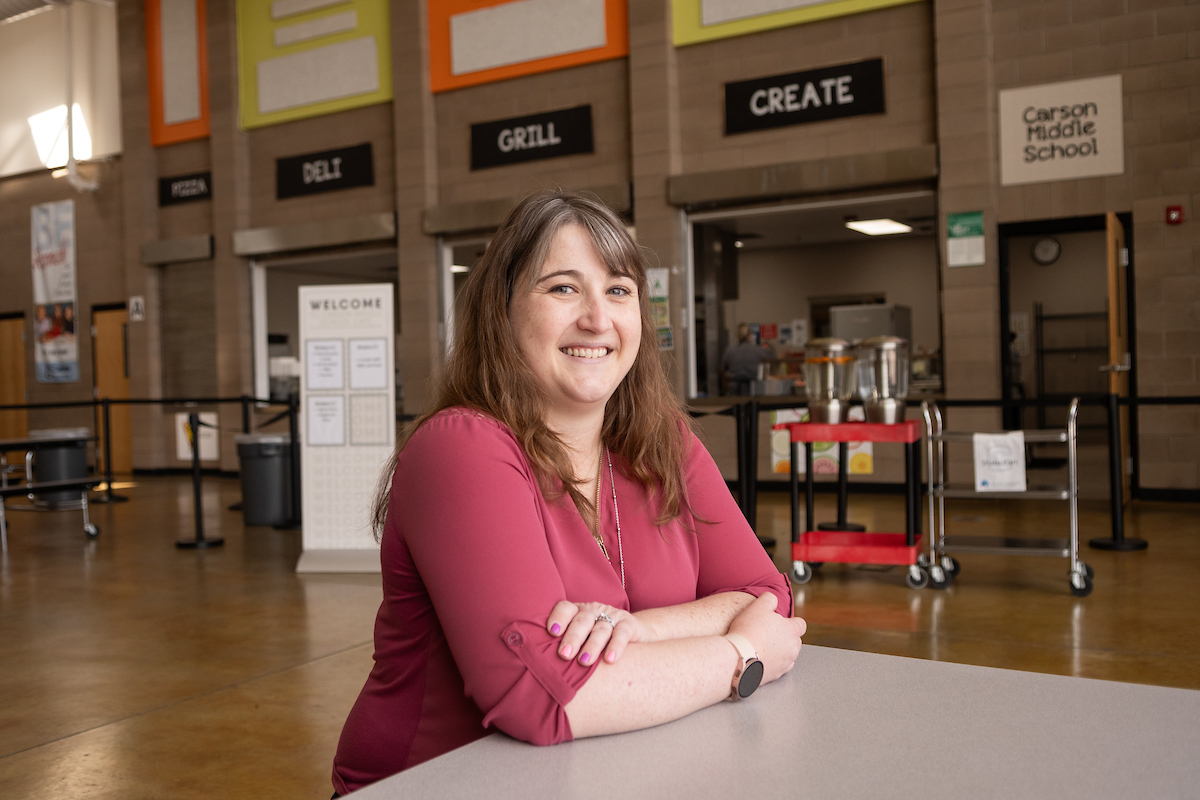
Research shows that students who receive school meals consume more whole grains, milk, fruits and vegetables during meal times. School meals are also associated with better attendance rates, fewer missed school days and better test scores.
But last year, Republican Gov. Joe Lombardo vetoed a bill, AB319, sponsored by Assemblywoman Sandra Jauregui (D-Las Vegas) that would have appropriated $43 million to the state Department of Agriculture to continue providing universal free breakfast and lunch to Nevada students. Lombardo said in his veto message, “providing universal-free lunch will increase the amount of food purchased and, unfortunately, ultimately thrown away,” and claimed that studies have shown that as much as 73 percent of food provided through school lunch programs ends up in the trash.
Lombardo made a similar statement at a March IndyTalks event, and suggested that that the waste was in part to kids in “well-to-do neighborhoods” receiving meals. A recent fact check by The Nevada Independent found Lombardo’s claim to be false because it suggests a data point from one study on vegetable waste reflects overall waste rates.
During the 2019-20 school, the Washoe County School District did a study on food waste that found an average of 23.4 percent of food items distributed across the district’s elementary school and 17.9 percent across all secondary schools were ultimately discarded, based on the weight of food taken before it was served and after students were done eating. The district said its participation rate in its school meals program has closely mirrored its pre-pandemic rate.
“In other words, we do not have a large number of affluent families who would otherwise be paying for school lunch, choosing to take the free school lunch and discard 70 percent of it,” said Adam Searcy, the district’s chief operating officer, in a statement.
Lombardo spokeswoman Elizabeth Ray said in a Friday statement that the state Department of Agriculture has worked diligently to ensure that eligible students continue to receive free or reduced-cost meals following the end of the federal waiver program.
But without the appropriation proposed by the Legislature, certain Nevada schools, including three within the Carson City School District, won’t be able to provide free meals to all students as they’ve been doing for the past few years. The full price for meals next school year for affected Carson City schools ranges from $1.50 for breakfast at the elementary school level to $4 for lunch at the high school level.
Martinez is bracing for this shift. She said she expects to see a drop off in meals served across the district of about 7,000 students — even among students who qualify for free or reduced-priced meals — based on what’s happened in other states that have ended their pandemic-era universal free school meals program. About half of the district’s students attend the three schools — Al Seeliger Elementary, Eagle Valley Middle and Carson High — that will be affected by the change.
About 70 percent of students districtwide are eligible for free or reduced-price lunch, according to 2022-23 data from the Nevada Department of Education.
“Eating school lunch is seen as making a public statement sometimes of I'm poor, or I need assistance, and stigma is a really big problem,” she said.
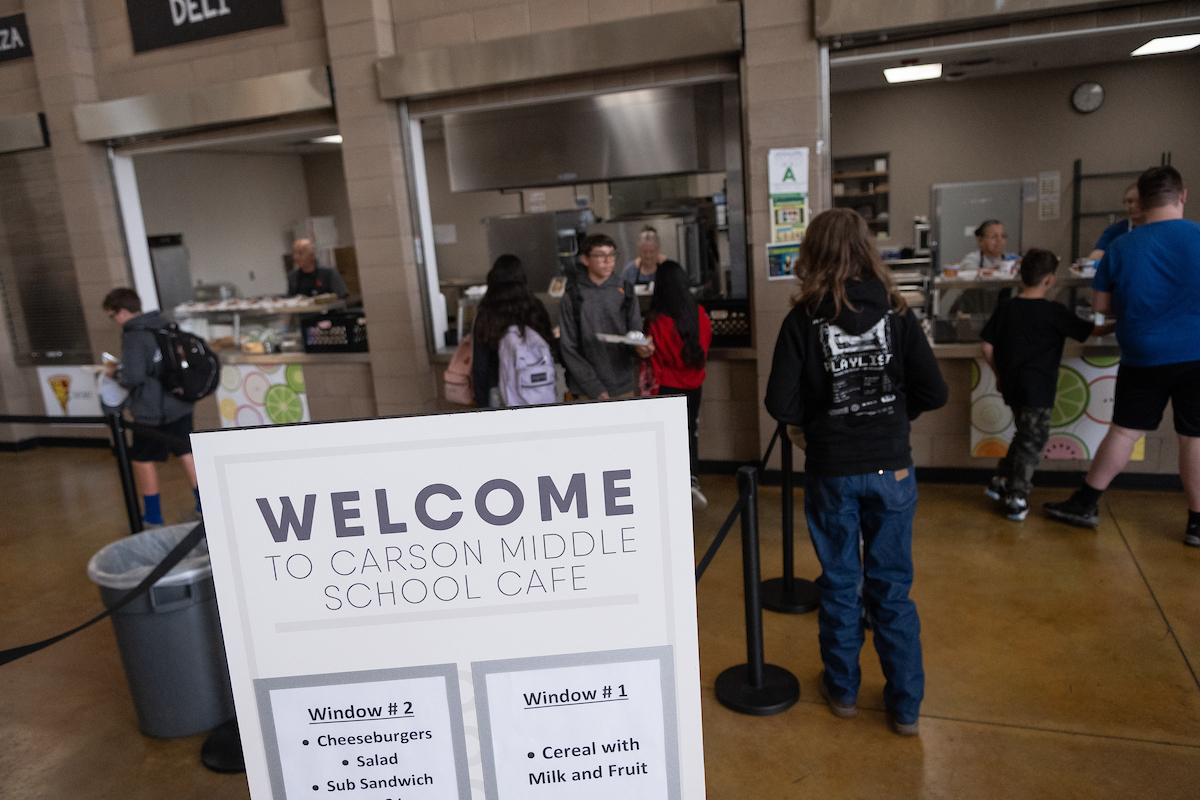
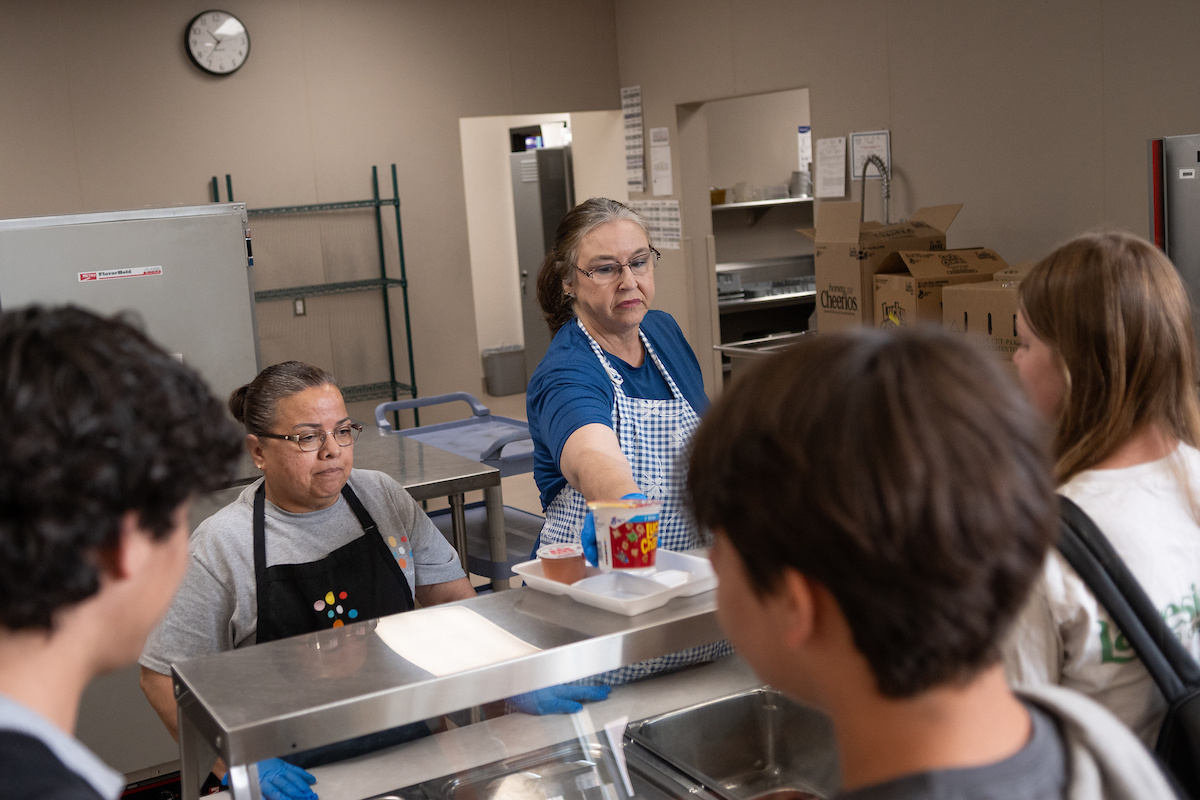
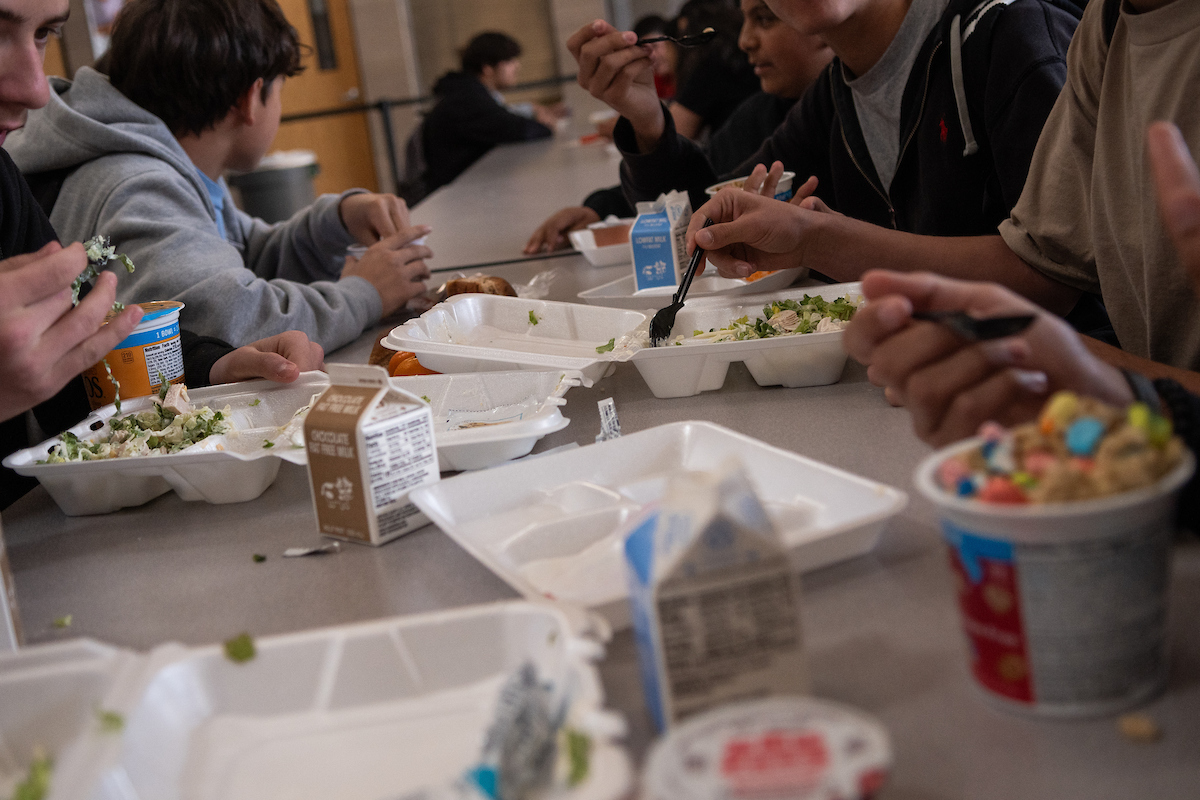
While the Carson City School District doesn’t track food waste, Martinez said she doesn’t think it was increased during COVID. She compared Lombardo’s reasoning for his veto to a parent taking food away from one child because their other child didn’t finish their meal.
“Why is that an excuse?” she asked. “Why is that a reason to take funding for free meals away from students that need them?”
This means that next school year, free or reduced-priced meals will only be available to students who are eligible based on their household’s income and apply for the assistance.
Students at the remaining Carson City schools and others across the state will not notice a difference. All schools in the Clark, Churchill, Mineral and Nye districts, and at least 127 other district and charter schools, qualify for the Community Eligibility Provision (CEP) of the school breakfast and lunch programs.
Schools’ eligibility for the CEP status is determined by the percentage of students enrolled who participate in government assistance programs such as WIC or SNAP, also known as the Identified Student Percentage (ISP). This status allows individual schools or entire school districts in high poverty areas to offer meals at no cost to all of its students regardless of whether they receive those benefits and without collecting applications.
Food Service Coordinator Kyera Glenn said the Nye County School District has been operating under CEP for about eight years. Last school year, nearly all of the district’s almost 6,000 students were eligible for free or reduced-priced breakfast or lunch, according to data from the Nevada Department of Education.
“We get to cater to all of these students and make sure that none of them have to worry about going hungry or paying for food or anything like that,” Glenn said.
Last year, the ISP threshold was lowered from 40 percent to 25 percent. Yet, a state audit into Nevada’s 17 school districts and the State Public Charter Authority found that about 25 percent of public schools in the state are not under this provision.
Schools with a higher ISP receive a larger federal reimbursement for the meals they serve. But if a school’s ISP is not sufficiently high enough, then the school is responsible for a portion of the actual cost of meals served.
Martinez said even though Al Seeliger Elementary, Eagle Valley Middle and Carson High schools are eligible for the CEP status, their ISPs aren’t high enough to make it cost effective to operate under the provision.
“Technically, we could make those sites CEP, but the district would have to cover such a high cost because of that, that it would end up costing the district like a couple of million dollars,” she said.
Nevada Department of Agriculture Executive Director Director J.J. Goicoechea said in a statement that the federal government needs to help, too, by increasing the multiplier used in a formula to calculate how much federal reimbursement schools can qualify for under the provision. That would allow more students to access free meals.
Districts are urging parents to submit their applications for the free or reduced-price meal programs before the end of the school year in order to receive a 30-day grace period to ensure their students will continue to receive the benefits at the beginning of the next school year while they reapply for the 2024-25 cycle and get their applications processed and approved. The new applications are expected to go out during the first week of school.
This article was updated on 5/10/24 at 11:39 a.m. to include a statement from the governor’s office.
This article was updated on 5/10/24 at 5:13 p.m. to include a statement from the director of the Nevada Department of Agriculture.
